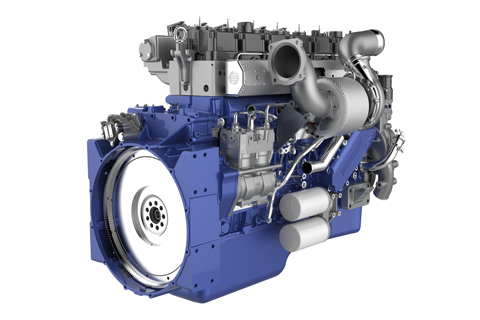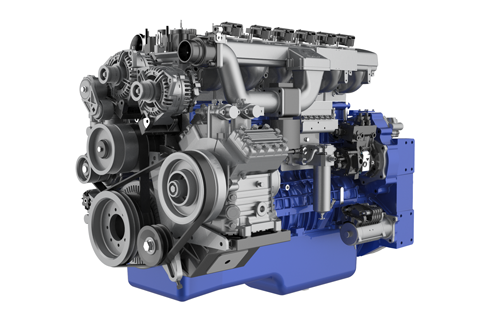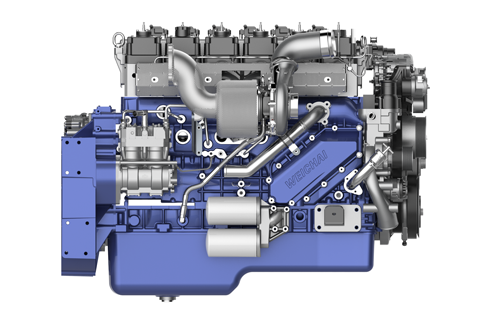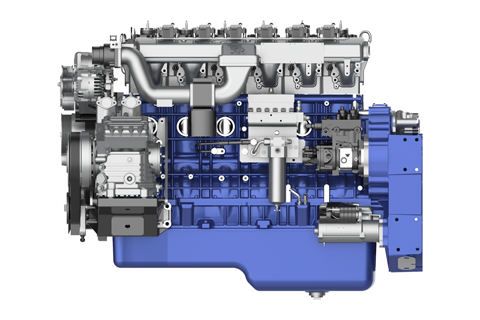Overview
Power range 257-294kW, Euro V emissions and applied in luxury coach 12m and above.
Power Rating
| Maximum Power |
294 kW |
| Minimum Power |
257 kW |
| Maximum Torque / Speed |
1730/(1200-1500) N·m / r/min |
Emission Standards
General
| Series |
WP12NG |
| Fuel |
CNG/LNG |
| EngineType |
Inline 6-cylinder, four-stroke engine |
| Cylinder Number |
6 |
| Valve Number |
4 |
| Bore |
126 mm |
| Stroke |
155 mm |
| Displacement |
11.596 L |
| Aspiration |
Turbocharged and intercooled |
| Compression Ratio |
11.6 ± 0.5:1 |
| Combustion System |
Single point injection |
Engine Dimensions
| Length |
1323 mm |
| Width |
838 mm |
| Height |
1168 mm |
| Weight - Net Dry |
1000 kg |
High reliability
- Based on the WP12 Land-king series of four-valve diesel engines, the high reliability features knock sensors as standard, improving the engine's adaptability to poor quality gases, increasing the ability to determine ignition system failure, higher hardware water resistance rating (IP9K) and vibration resistance
Excellent NVH performance
- Avoid high frequency torsional areas of the engine to reduce engine noise
Ultra-low fuel consumption
- Optimize air consumption in low-speed areas and increase torque in low-speed areas, making it moreapplied in BUS operation
- With intelligent ignition coils: Increase ignition energy, reduce low-speed partial load cycle changes, and reduce air consumption
- Improve operator shift patterns, reduce fuel consumption by matching small ratio rear axle, and reduce total vehicle air consumption by 2-3m³/100km
- Match the new supercharger, improving low speed torque and maximum torque, and improving economy
Powerful
- A smaller rear axle ratio can be selected while maintaining power, further reducing fuel consumption
Adaptable
- Ultra-low power loss in 4000 meter typical conditions
- The low temperature environment starts smoothly at -30°C
Adaptability
- The engine can carry 3 generators in parallel, meeting the electricity demand of all types of Buses; the body air conditioning carries structure, and the air conditioning does not come into direct contact with the entire vehicle frame, further improving the NVH performance of the whole vehicle and improving the quality of the whole vehicle



